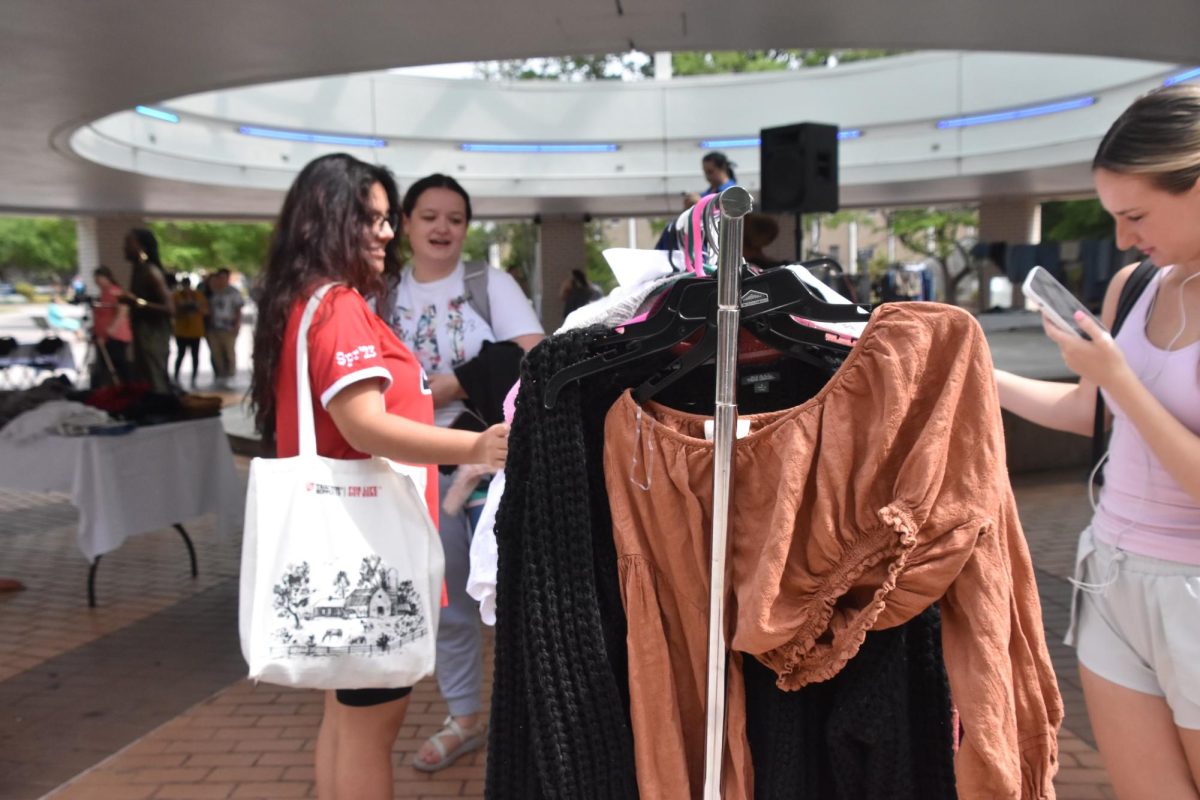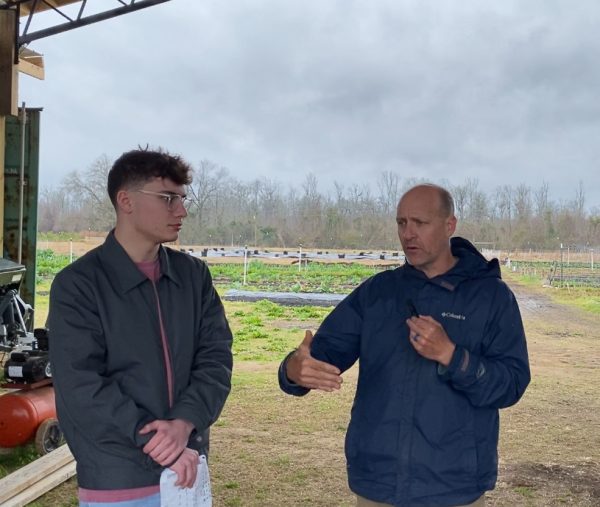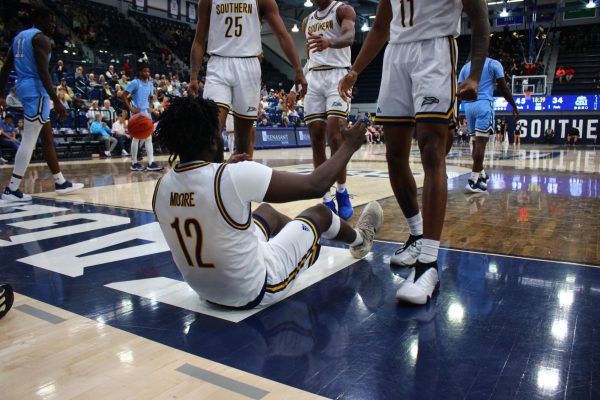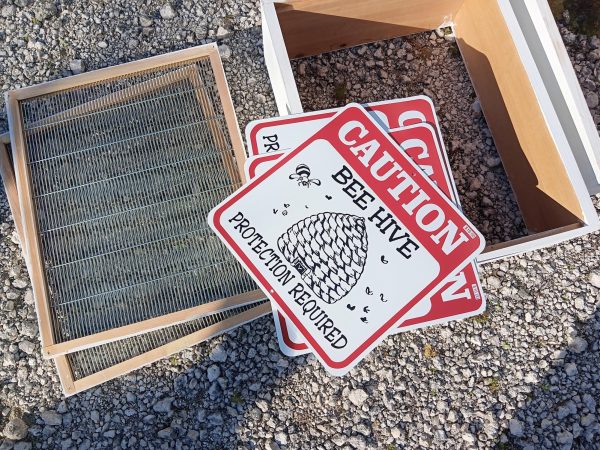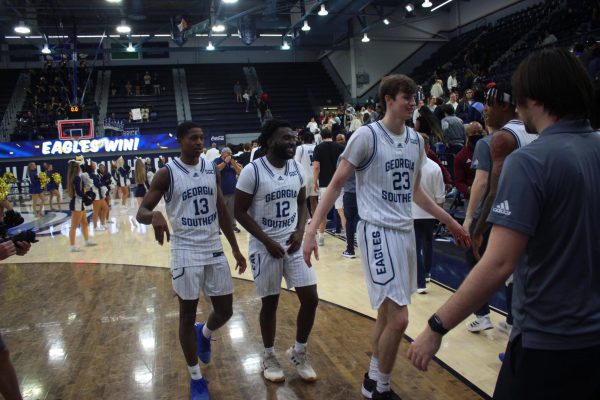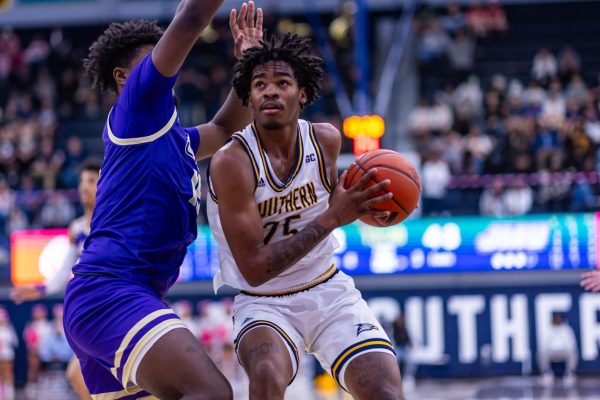Is music too blunt
September 28, 2017
“I’ve been f***** hoes and poppin’ pillies man, I feel just like a rockstar.”
This is the opening line to the number one hiphop/r&b song in the entire country. Post Malone’s “Rockstar” since its release on Sept.15 has been everywhere. Already breaking Apple Music’s streaming record for a song in one week, the hit featuring 21 Savage is a catchy anthem which praises the traits that make Malone feel like a rock star.
The song continues with the line “All my brothers got that gas and they always be smokin’ like a Rasta”, later followed by “Cocaine on the table, liquor pourin’, don’t give a damn.” Lyrics like this are now a common place in popular music, and are now being belted out by people so young that the references do not even make sense. The mention of these drugs in their favorite songs are what is actually teaching them about the drug.
I remember the first time I ever heard about Molly was at one of my high school’s basketball games. During halftime the speakers blasted Trinidad James’ “All Gold Everything”. Although it was the censored version, hundreds of kids stood up as the beat dropped and all together sang the infamous line, “popped a Molly I’m sweatin’, whoo”.
Drug use over the years
Drugs being mentioned in music is nothing new. My grandparents loved a little “Lucy in the Sky with Diamonds” back in the day, but today it seems as if a song cannot play without the blunt (no pun intended) mention of at least one drug. According to the New York Times, one in three popular songs today contain explicit references to drug or alcohol use. With apps such as ITunes and Spotify being introduced within the past decade, young people can now listen to any music for hours at a time without anyone ever knowing.
Could this evolution of music be causing a new generation of people who are more likely to try illicit drugs, the numbers seem to say so. Dr. Lloyd Johnston, a professor from the University of Michigan, stated in a Michigan News article.
“One in every 20 college students was smoking pot on a daily or near-daily basis in 2013…To put this into a longer-term perspective, from 1990 to 1994, fewer than one in 50 college students used marijuana that frequently.”
Between 1993 and 2005, the proportion of college students using prescription drugs went up dramatically: use of opioids such as Vicodin, Oxycontin, and Percocet increased by 343 percent, and use of stimulants like Ritalin or Adderall increased by 93 percent. Overdose deaths in the United States more than tripled during the period of 1999-2015, from 16,849 to 52,404 annually (about 140 daily). In 2013 more people died of drug overdoses than car accidents.
Conflicting voices in the industry
There are some artist out there who realize the drug problem in music. Up and coming rapper Russ posted a picture of him wearing a T-Shirt saying “How much Xans and Lean do you have to do before you realize you’re a f****** loser.” After a negative reaction from some in the hip-hop community, Russ tweeted “If I stopped ONE kid from abusing xans or lean, mission accomplished..better than getting ONE kid to try that s***. Period.”
Of course music is not the only factor in the sudden rise of drug usage and subsequent overdoses. However, when popular artist continually repeat into the ears of millions of kids that using certain substances are cool, and then those kids go to college where the drugs mentioned become readily available, it makes it much harder to say no.
The music industry is constantly trying to find artist who will push the limits on what is considered acceptable. By constantly referencing common taboo subjects, artist become “cool” for their care-free attitude. While continually upping the shock factor in music seems to be a great way to boost sales or for former Disney stars to eliminate their innocent image, what is the cost?
College kids around the country continually overdose on the substances mentioned by their favorite artist. Although the phrase “say no to drugs” is repeatedly pounded into our heads since we were old enough to walk, something about Hannah Montana saying drugs are fun just makes it seem like it’s okay. Music can help many through dark times in their life, but when drug mentions in music and overdose rates simultaneously increase maybe the question should not be “What bad crowd did he get mixed up in?” but rather “What music was he listening to?”


